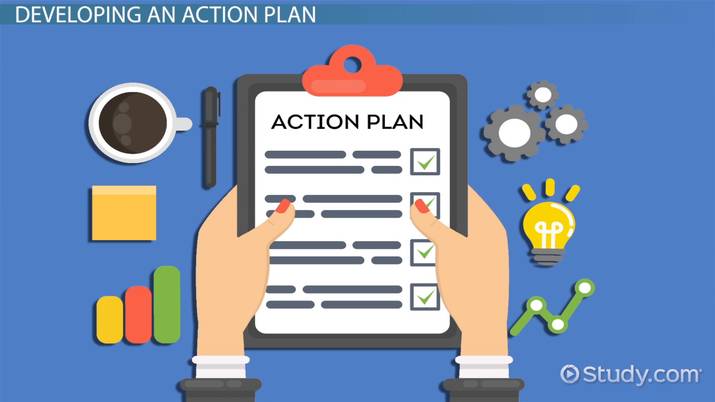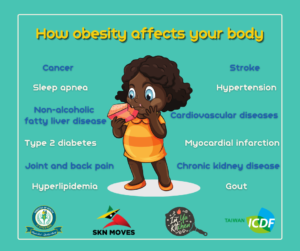Sometimes it can be overwhelming to think about the changes we want to make or the activities we want to accomplish. They seem too big to work on all at once, which makes it hard to get started. To help with this, we have one of the most important self-management tools in our toolbox – Action Planning. Action Plans allow us to achieve what we want or decide to do by breaking down the activity into smaller, more “doable” steps or tasks. For example, a person who decides to improve fitness might break this goal into one of these steps as their first weekly Action Plan:
- Look up exercise ideas on the internet
- Start a walking program
- Ask a friend to join them in exercising
We do not need to all at once. We simply need to get started by deciding which step we are going to work on this week and how we are going to do it. This is easily done by making a weekly Action Plan. Here are the parts of an Action Plan:
- Something YOU want or decide to do
- Achievable – you must accomplish in 7 days
- Action-specific
- What? (specific action) (for example, walking or replacing junk food snacks with fruit)
How much? (time, distance, amount) (for example, 30 minutes, or 4 blocks, or 1portion.)
When? (time of day or which days of the week) (for example, after dinner or Monday, Wednesday, Friday)
How often? (number of days in the week)
- Confidence level: Rate your confidence level on a 10 scale. 7 or more says you are sure that you will complete the entire plan. If your confidence level is below a 7, you might want to look at the barriers and consider reworking your Action Plan so that it is something you are confident that you can accomplish.
It is very important that we avoid activities to be done every day. Allow yourself room to make changes. If something comes up, it is better to gain success with 3 days’ activities rather than failing to complete 7 days.




